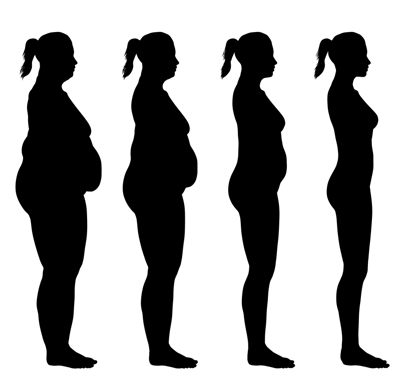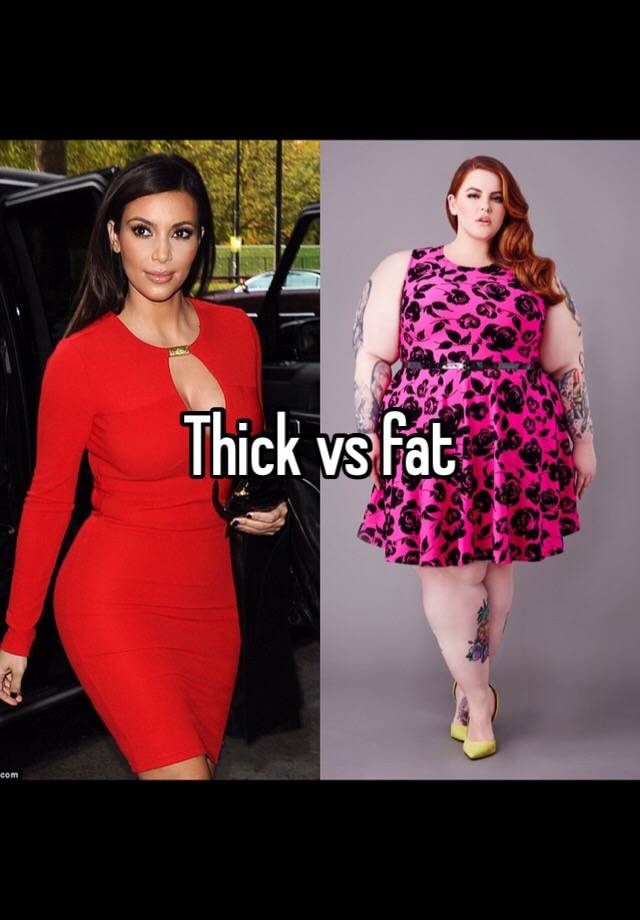Have you ever caught yourself cringing at the word “fat”? Or perhaps felt a pang of annoyance when someone used “curvy” instead? These seemingly simple words carry an immense weight of societal conditioning and personal perception. They can trigger feelings of shame, empowerment, or even confusion, depending on who’s using them and who’s listening. In this exploration, we’ll delve deeper than just the surface of these two terms, unpacking the history, the impact, and the nuanced meaning behind “fat” vs. “curvy”. Ultimately, we aim to shed light on how these words shape our understanding of bodies and champion body positivity for everyone.

Image: www.phillymag.com
The debate surrounding “fat” vs. “curvy” isn’t just about semantics; it’s a reflection of a larger societal struggle with body image. For too long, bodies deemed “unconventional” by arbitrary beauty standards have been marginalized and even demonized. This is where understanding the historical context of these words becomes crucial. The word “fat” has been historically used to stigmatize, shame, and even diagnose individuals who deviate from a slim ideal. This negative connotation has seeped into our everyday language, leading to a culture where fatness is often equated with unattractiveness, poor health, and even moral failing. This linguistic bias has deep roots in fatphobia, a prejudice that fuels discrimination against fat people on various levels.
On the other hand, “curvy” has emerged as a seeming counterpoint to “fat,” often touted as a more “positive” or “empowering” descriptor. However, this word is not without its own complexities. While “curvy” might seem like a gentler alternative, it often falls victim to the same underlying beauty standards. This descriptor prioritizes hourglass figures and ignores the wide spectrum of body shapes and sizes. Essentially, it swaps one exclusionary ideal for another. It’s also important to realize that for some individuals, being labelled as “curvy” can feel like an attempt to “sugarcoat” being fat, reinforcing the idea that fatness is something to be hidden or ashamed of.
Recognizing the limitations of both terms is vital. Both “fat” and “curvy” can be loaded with cultural baggage that can lead to harmful consequences. The best way forward is to move beyond these reductive labels and embrace a more inclusive and empowering approach to body language. This means rejecting the idea of “ideal” bodies and instead celebrating the diversity and uniqueness of every individual. Instead of relying on words that perpetuate a narrow definition of beauty, we can focus on using language that acknowledges and respects body diversity. Instead of “fat” or “curvy,” we can opt for neutral and descriptive terms like “big” or “large” when discussing someone’s body size.
The call for body positivity doesn’t mean ignoring health and well-being. It means recognizing that health and happiness don’t always conform to the dominant beauty standards. Individuals should have the autonomy to choose how they want to care for their bodies without facing judgment or discrimination based on their size. Furthermore, healthcare professionals should be trained to address health concerns without resorting to weight-shaming or fatphobic language.
We can also actively challenge the media’s portrayal of bodies and beauty. Instead of consuming content that reinforces harmful stereotypes, we can choose to support artists, writers, and creators who advocate for body positivity and inclusivity. Supporting these voices helps shift the narrative and create a more diverse and empowering landscape for everyone.
Ultimately, the journey towards a more inclusive and accepting world begins with understanding, empathy, and action. Instead of clinging to loaded terms like “fat” or “curvy”, let’s strive for a society that values and celebrates all bodies, regardless of shape or size. This means speaking out against fatphobia and challenging the narrow beauty standards that continue to exclude and marginalize individuals within our communities.
Remember, your body is your own, and it deserves respect, appreciation, and freedom from judgment. Embrace your unique beauty and join the collective effort to make body positivity a reality for everyone.

Image: whisper.sh
Fat Vs Curvy





